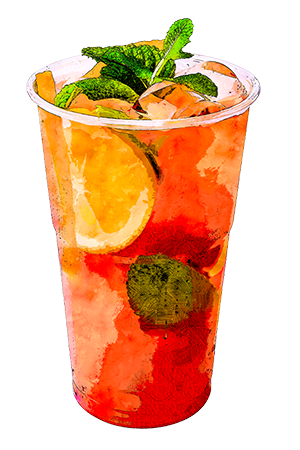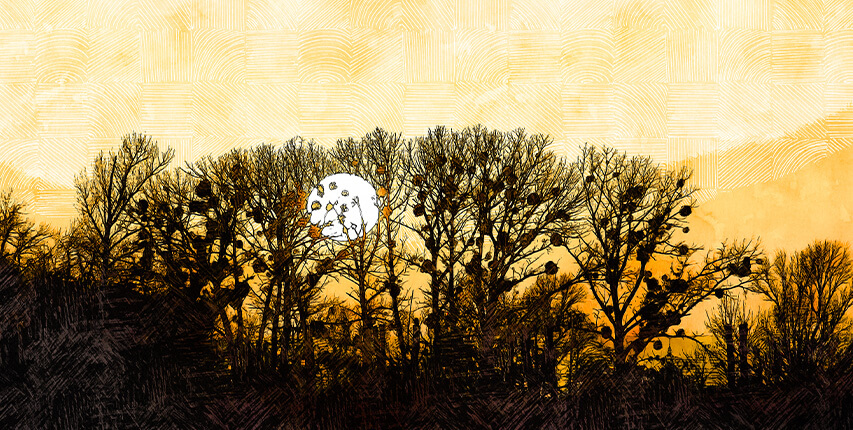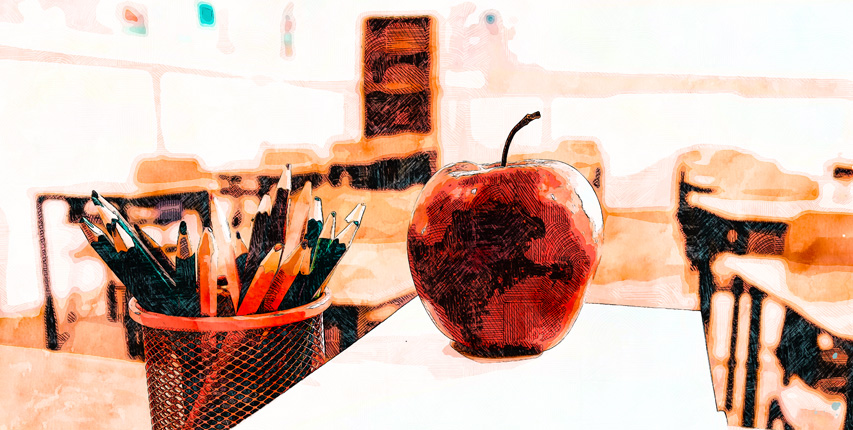Sips of Summer
A cool collection of summer drinks and the surprising stories behind them—from beachy classics like piña coladas to Southern staples like sweet tea. Sip your way through fun facts and refreshing trivia.
1.
Aperol Spritz
It’s an Italian aperitivo classic!
Originally from Venice, Aperol Spritz is a favorite during the Italian aperitivo hour—pre-dinner drinks and snacks.
Aperol = Low Alcohol: Aperol has just 11% ABV, making it one of the lightest cocktails.
Color Icon: Its signature orange hue comes from bitter orange, rhubarb, and herbs—no artificial coloring!
3-2-1 Rule: The perfect spritz is made with a 3-2-1 ratio: Prosecco, Aperol, and soda water.
The Spritz Trend: In the 2010s, the Aperol Spritz went global—Instagram-worthy and refreshing, it became a summer staple.
2.
Frozen Margarita
Invented by a Machine Hacker: In 1971, a Dallas restaurateur modified a soft-serve ice cream machine to create the first frozen margarita machine.
Triple Origins: Multiple legends place the drink’s invention in Mexico or California in the 1930s–40s.
Name for a Daisy: “Margarita” is Spanish for daisy—a class of cocktails that include citrus, liqueur, and spirit.
Salted Rim Tradition: The salt rim isn’t just for show—it enhances sweetness and tempers the acidity of lime.
5Margarita Day: February 22 is National Margarita Day—but let’s be real, they shine in summer.
3.
Piña Colada
Puerto Rican Pride: The piña colada was invented in Puerto Rico, with at least three bartenders claiming credit for its creation in the 1950s.
Means “Strained Pineapple”: “Piña colada” literally translates to “strained pineapple.”
Official Drink of Puerto Rico: It was declared the national drink in 1978.
Inspired a Song: Yes, “Escape (The Piña Colada Song)” made this tropical cocktail even more iconic in pop culture.
Blended or Shaken: Both versions exist, but frozen piña coladas are more common and visually striking.
4.
Classic Mojito
Pirate Roots: Early versions date back to 16th-century Cuba, when pirates used local rum, lime, mint, and sugar cane to treat dysentery and scurvy.
Name Origins: The word mojito may come from “mojo,” a Cuban seasoning or from mojadito, meaning “a little wet.”
Ernest Hemingway Approved: The mojito was one of Hemingway’s favorite drinks—especially at La Bodeguita del Medio in Havana.
Refreshing but Tricky: Bartenders both love and dread the mojito—it’s one of the most requested cocktails and also one of the most labor-intensive.
Mint Is Key: Cuban mint (yerba buena) is traditionally used—it’s more delicate than spearmint.
.
5.
Hibiscus Tea
Global Favorite: Hibiscus tea is enjoyed in Mexico, Egypt, Nigeria, and the Caribbean—often under different names.
Bright Red & Tart: Made from dried hibiscus petals, it has a cranberry-like tang and is naturally caffeine-free.
Rich in Antioxidants: Known for health benefits including lowering blood pressure and aiding digestion.
Traditional Remedy: Used in ancient herbal medicine for cooling the body in hot climates.
Name Confusion: “Jamaica” (pronounced ha-MY-ka) in Mexico refers to the hibiscus flower, not the island.
6.
Arnold Palmer
Named After the Golfer: Arnold Palmer loved a half-tea, half-lemonade mix and would order it regularly. Fans began asking for “what he’s having.”
Trademarked Drink: The name “Arnold Palmer” is a registered trademark, now used by beverage companies like Arizona.
Ratio Debates: Palmer liked a ¾ tea to ¼ lemonade ratio—though most commercial versions use 50/50.
Spiked Version: A boozy version with vodka is called a John Daly.
Became a Drink Brand: His family launched the official Arnold Palmer brand in partnership with AriZona in 2002.
7.
Sweet Tea
Southern Staple: Especially in Georgia, South Carolina, and Alabama, sweet tea is the “house wine of the South.”
Older Than You Think: Recipes for sweet iced tea appeared in cookbooks as early as the 1870s.
World’s Largest Iced Tea: In 2016, Summerville, SC served over 2,500 gallons of sweet tea in one cup!
Always Pre-Sweetened: Unlike unsweet tea with added sugar, true sweet tea is brewed with sugar while hot, so it dissolves fully.
National Iced Tea Day: Celebrated on June 10!
8.
Lemonade
Ancient Origins: Lemonade-like drinks date back to Egypt around 1000 AD, where lemon juice was mixed with sugar and water.
Parisian Popularity: In 17th-century Paris, lemonade was sold by licensed vendors known as limonadiers.
Pink Lemonade’s Circus Story: One origin story says pink lemonade was invented when a circus performer accidentally dropped red cinnamon candy into a vat of lemonade.
Lemonade Stands Are a Rite of Passage: Kids in the U.S. have long run lemonade stands—some states even passed laws to protect them from needing permits!
World Lemonade Day: Celebrated on the first Sunday in May.
Test Your Knowledge!
Summer Drink Trivia
A fun, fast-paced quiz to test and see what you can recall about the fun facts above! Try quick mode for a fast challenge or take the full quiz to see how much you really know!



